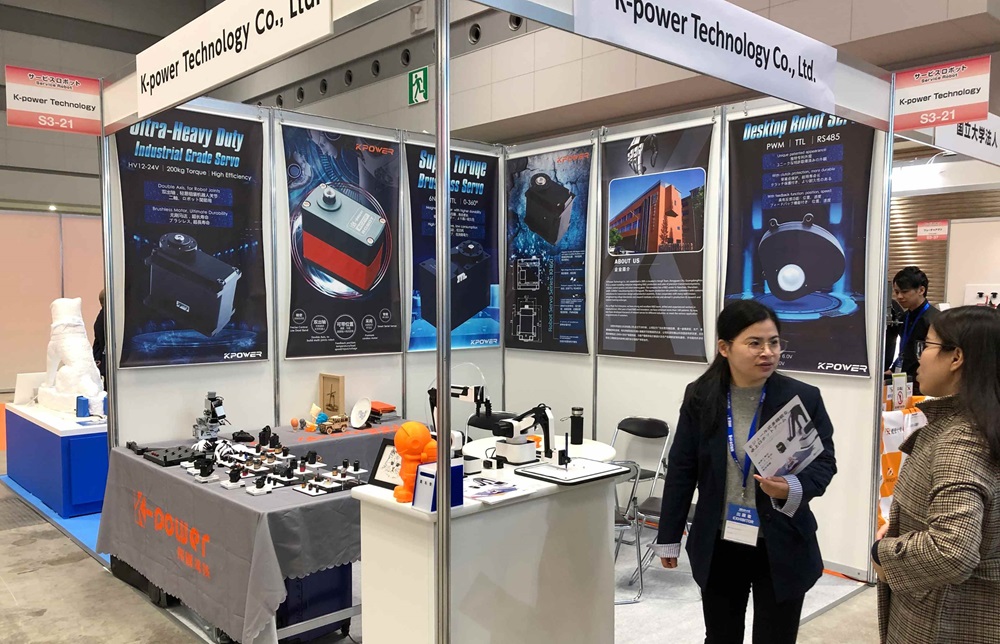Looking to give your project that extra edge? Ever been frustrated trying to get a servo motor to move just right, without wasting hours fiddling with wiring or jumping through hoops? That’s where PWM—pulse width modulation—steps in, making control smoother than ever, especially when you’re juggling multiple tasks or tight tolerances.

Think about it—what makes a servo motor tick? It’s all about the power pulse, right? PWM lets you tame that pulse, adjusting how long the signal stays high within each cycle. Curious about what that means in real terms? Imagine you're trying to set a robot arm’s position just perfectly. If your control signal is too coarse, the arm jitters or overshoots. But with precise PWM control, you dial in the exact rotations, with minimal fuss.
You get this feeling that the control process is almost intuitive. Without complicated setups, you set your PWM frequency—usually around hundreds or thousands of Hertz—and tweak duty cycle—the proportion of time the signal is on. Want the servo to move slow and steady? Simply lower the duty cycle. To make it react faster? Just crank it up, and watch it respond like magic. It’s like being able to whisper to your servo, “Hey, do that again,” and it does exactly what you want, every single time.
Some folks wonder: doesn’t this kind of control wear out the hardware? Not at all. Good PWM signals not only improve precision but also extend the lifespan of your motors by reducing unnecessary strain. Plus, with the right driver, like the ones supplied by KPOWER, you get reliable, consistent performance that won't leave you hanging mid-project.
Efficiency? Oh yeah, it’s a game-changer. PWM minimizes power wastage, as it supplies energy only during the necessary intervals. Imagine if your car’s throttle worked on and off instead of full open or closed—fuel savings, smoother acceleration. That’s what PWM does for servo control: smarter energy use, better responsiveness.
Here’s a question you might have—can PWM be used with all servo motors? Pretty much, yes. As long as the motor’s compatible with standard control signals, you’re good to go. Plus, many modern PWM modules are modular, adjustable, so you don’t need to get tangled in complicated configs. Want to do multi-axis control? No problem—just repeat the PWM pattern for each channel, and suddenly your robot becomes a ballet dancer.
It’s wild how something so simple—just on and off signals—can unlock so much potential. No need for heavy machinery or complex algorithms. It’s all about finding the right PWM setup, matching your motor specs, and pushing that button.
Wondering if PWM control is right for you? Think about precision, efficiency, and control in one package. With the right hardware, like the trusted options from KPOWER, you’ll see your projects reach new heights—faster, cleaner, smarter. Whether you’re building a robotic arm, a drone, or even a home automation system, PWM makes it feel almost effortless. That’s the secret sauce, really. Smooth, reliable, flexible control at your fingertips.
Established in 2005, Kpower has been dedicated to a professional compact motion unit manufacturer, headquartered in Dongguan, Guangdong Province, China. Leveraging innovations in modular drive technology, Kpower integrates high-performance motors, precision reducers, and multi-protocol control systems to provide efficient and customized smart drive system solutions. Kpower has delivered professional drive system solutions to over 500 enterprise clients globally with products covering various fields such as Smart Home Systems, Automatic Electronics, Robotics, Precision Agriculture, Drones, and Industrial Automation.




































